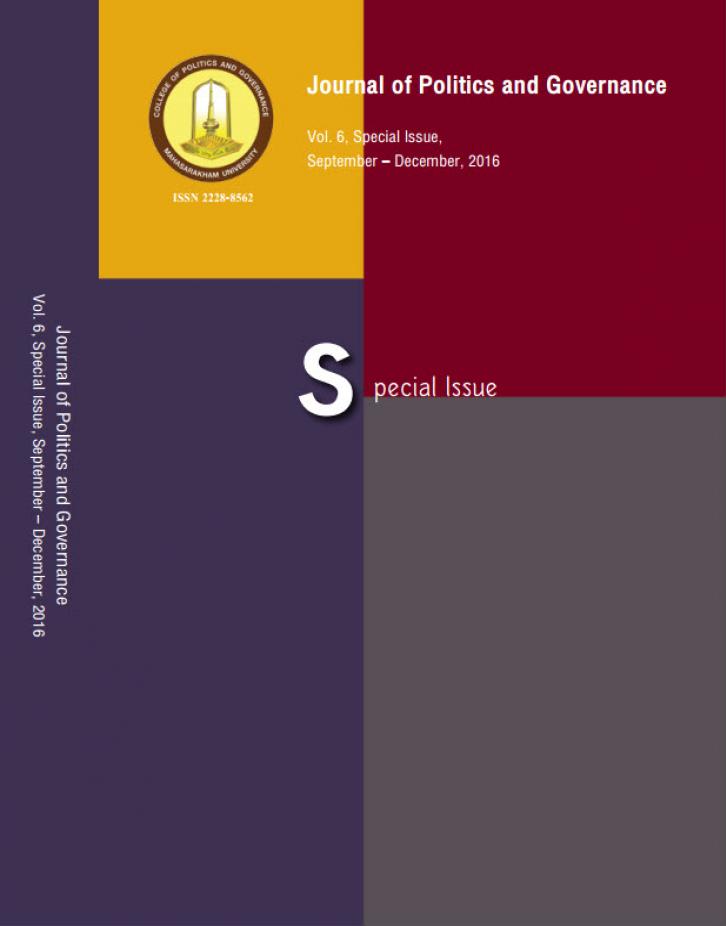Fighting Corrupt Nexus of Politicians-Civil Servants in a Democracy: Case Study of India
Main Article Content
Abstract
India became a free country, after years of British Colonial Rule, on 15th August 1947. After independence, India adopted a constitution on 26th January 1950, after lengthy deliberation in the constituent assembly, having representation from all the communities and religion and consisting of some of the greatest intellectual minds of the time who had also played a very active role in the peaceful and non-violent freedom struggle against the Britishers. The Indian constitution is the largest constitution of the world and it has elaborate provisions on each and every subject of polity and governance including fundamental rights, directive principles for the government, separation of powers between Judiciary, Legislature And Executive, distribution of resources between Center and Provisional Governments, division of subjects under jurisdiction of Center and Provincial Governments etc. Even after more than 65 years, the constitution is working successfully and has stood the taste of times.The constitution adopted by the country was a federal one in which major issues concerning the life of citizens including land, law and order, health and education were put into exclusive jurisdiction of State Government while the subject of defense, foreign affairs, railway and tele-communication were put into union list. However, at the same time in view of the historical realities, certain unitary features were also adopted into the constitution, giving control of the union over the states (provincial governments).
Article Details

This work is licensed under a Creative Commons Attribution-NonCommercial-NoDerivatives 4.0 International License.
References
All India Institute of Medical Sciences (AIIMS). (2014). New Delhi.
Indian Forest Service. (2015). New Delhi.


